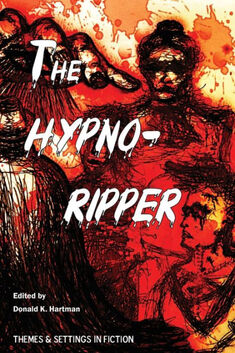
In the book’s final section, Hartman provides a fascinating and well-researched biography of Tilburn, alias N. T. Oliver and “Nevada Ned”, and the man’s rollercoaster of a life does not disappoint. In sum, Tilburn – sometimes with an “E” at the end of his name, sometimes not, but usually with an unearned honorific like “Dr.” or “Ph.D.” attached – was a patent medicine huckster, an author, a preacher, a professor, a realtor, and a man of business to the American towns and people he would descend upon, swindle, and leave. Generally, Tilburn’s writing days came early in his kaleidoscopic career, when he would be commissioned to build 200 pages around a weeks-old event. In one hurried book, he leaned heavily on recent published reporting to flesh out a story involving the St. Louis cyclone. In another instance, when the discovery of a prominent community member’s body in a basin caused a sensation, his publisher asked for a 50,000 word novel on the subject in seven days; Tilburn delivered.
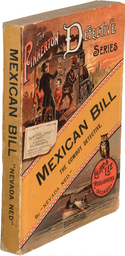
Between the two accounts of Jack the Ripper being aided in his gruesome mission through mesmerism and the stranger-than-fiction character sketch of the author, The Hypno-Ripper offers a really intriguing set of stories and a curious blend of tabloid fantasy and historical detail. The text is accompanied by many great images, from the unsettling original artwork of Rob Sajda in the Ripper tales to the snake-oil advertisements and articles recounting the scandalous conduct of Edward O. Tilburn. A very unique and enjoyable book.
I received an advance copy for review.
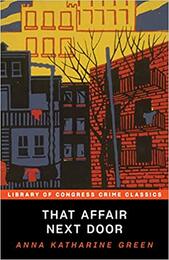
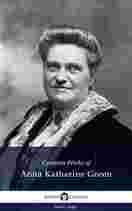
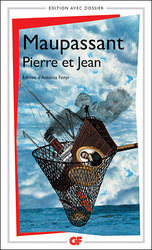
 RSS Feed
RSS Feed